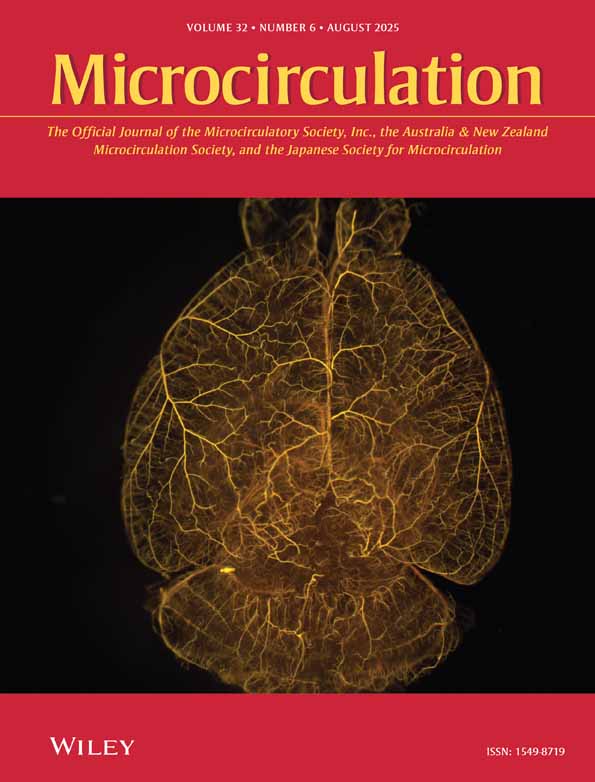High-Resolution Intravital NADH Fluorescence Microscopy Allows Measurements of Tissue Bioenergetics in Rat Ileal Mucosa
ABSTRACT
Objectives: NADH fluorescence microscopy has been used as an index of the metabolic state of tissue but is associated with various obstacles such as low spatial resolution and quenching effects of blood pigments that prevent reliable monitoring of tissue bioenergetics. The objective of this study was to develop a system to monitor tissue bioenergetics in vivo using NADH fluorescence microscopy in the rat ileal mucosa.
Materials and Methods: Using an inverted microscope with an epifluorescence unit and an intensified charge-coupled device camera, NADH fluorescence images were visualized. Fluorescence intensity was measured of β -NADH solutions at varying concentration (n = 6) and pH (n = 3) and in ex vivo (n = 6) and in vivo (n = 6) preparations of ileal mucosa of Sprague-Dawley rats anesthetized with isoflurane.
Results: Intravital fluorescence microscopy reveals a map of the microcirculation that permits visualization of NADH fluorescence and intercapillary areas. The system was adjusted so a linear relationship between physiological concentrations of β -NADH and fluorescence was achieved (r2 = 0.98, p < .0001). Decreasing the pH of the solution had no effect on fluorescence intensity and fluorescence intensity in an anoxic ex vivo ileal segment was similar to that of the in vivo ileum after ischemia. Ischemia also resulted in spatial heterogeneity that was abolished by the addition of a 550-nm LP filter.
Conclusions: With this system, intravital NADH fluorescence microscopy provides the high resolution necessary to reliably monitor tissue bioenergetics in the rat ileal mucosa.




